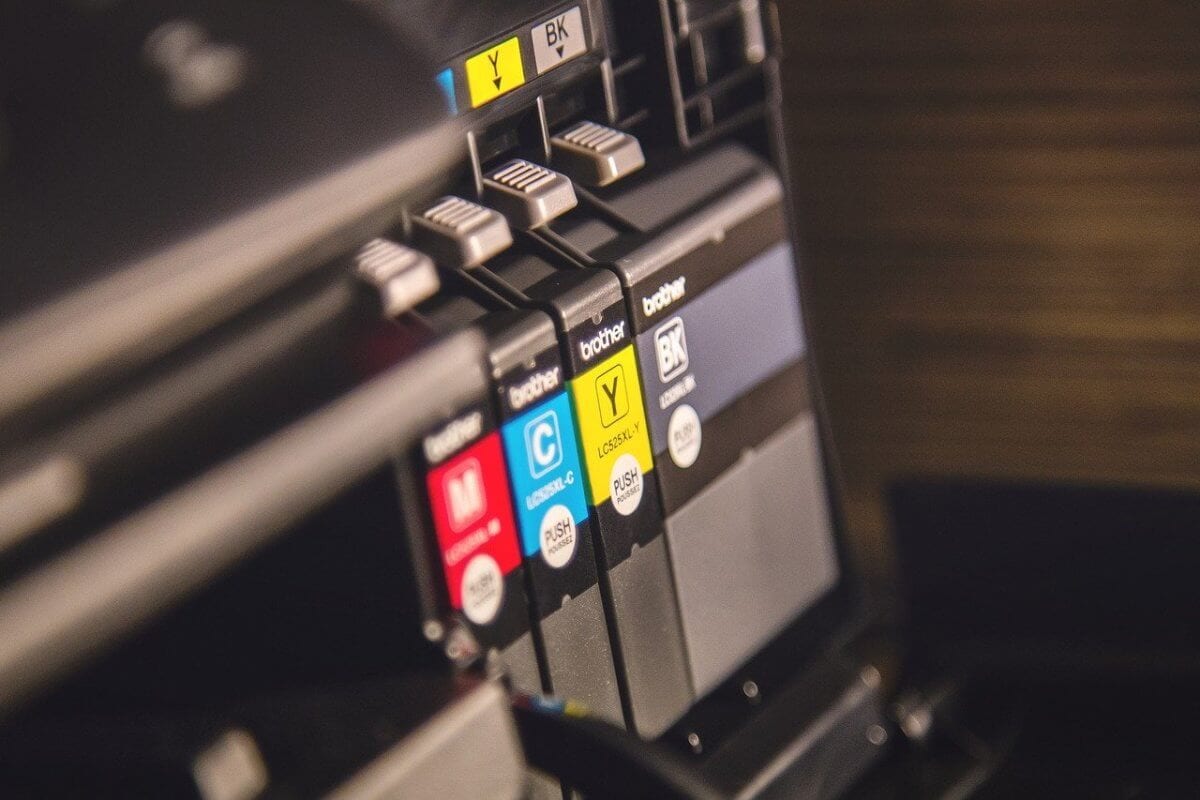News
10 top printing tips Fine art
Whether you’re a hobbyist, an amateur, or a professional, you can always use some new tips to ensure your fine art printing is of the highest quality. In this blog post, we explore some excellent tips to make sure your printing is nothing but the best, so whether it is for personal use or to sell on, you can rest assured that each print is perfection.
1. Aim for the best resolution possible. The resolution of the picture means how many pixels there are per square inch. A general rule of thumb is 300 ppi. The more pixels your print has, the more clarity it will have when printed, and thus the more professional it will look.
2. When choosing print sizes, stick closely to the original size. Many artists’ apps such as Procreate now have pre-loaded canvas sizes to match up with the most common print sizes, such as A4, A3, and square. This means that you shouldn’t need to change the size when it comes to printing your artwork; however, if you do, don’t move too far from the original as the image will appear distorted.
3. Think about colour. The standard printing presets are CMYK and RGB, and you should bear this in mind when stylising colour palettes for your artwork. The presets can be changed, but this can be very technical. If you don’t want the fuss, keep these presets in mind and your work will come out with deep, vibrant colours.
4. Consider materials. There may be various options of paper and card available at your dispense – you should carefully consider each one to decide what’s best for your product.
5. Gloss or matte? The finish you have on your prints depends on a variety of factors. One such factor is the colour palette of the print. If you have a muted colour palette, printing on matte may help invoke an “authentic” appearance.
6. In contrast to this, if your print intends to be fun, eye-popping, and bright, then glossy may be the way to go! Rich colour palettes, in particular, look well when printed in gloss.
7. Choose a suitable frame. Sometimes, a fine art print looks unfinished unless outlined by bespoke framing. As is the case with other printing aspects, there are general rules to follow. If your art print is flush with colour and packed with movement, a minimalist frame will help keep this in focus. Otherwise, the artwork will be swamped.
8. But on the contrary to this, if the artwork print is minimalistic or muted with its colour, consider an extravagant, bespoke frame to make the artwork stand out. This could be a gold frame, an ornate frame, or a reworked frame that boasts unusual features.
9. One last piece of advice surrounding choosing a suitable frame is to consider the underlying tones of your artwork. Take, for example, the famous Starry Night by Van Gogh. Though the main tones are blue, there is an underlying tone of yellow; as such, using a yellow frame may bring the artwork to life as it draws the eye to this understated, bright tone.
10. Consider the Canvas Art Gallery. For all your bespoke picture framing, fine art printing, and custom box frames needs, check out the Canvas Art Gallery. We provide a number of excellent services tailored to all your printing and fine art needs, as well as a selection of gifts and work by artists such as Ron Lawson, Iain Faulkner and Georgina McMaster.

